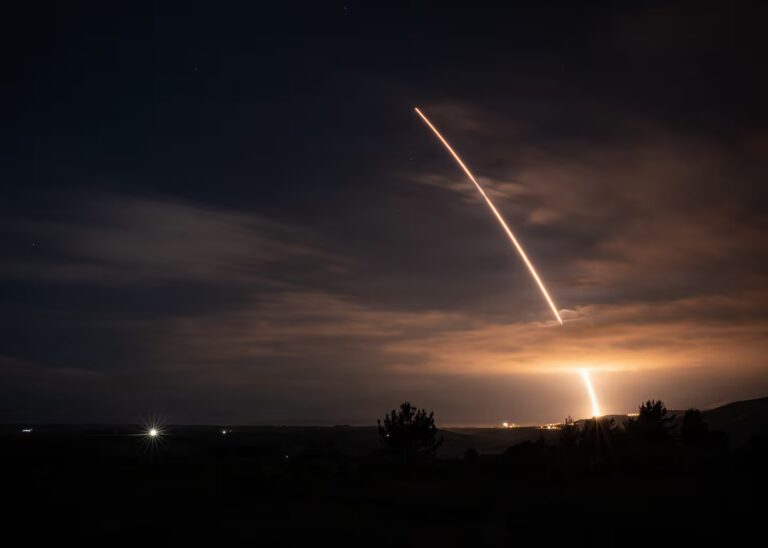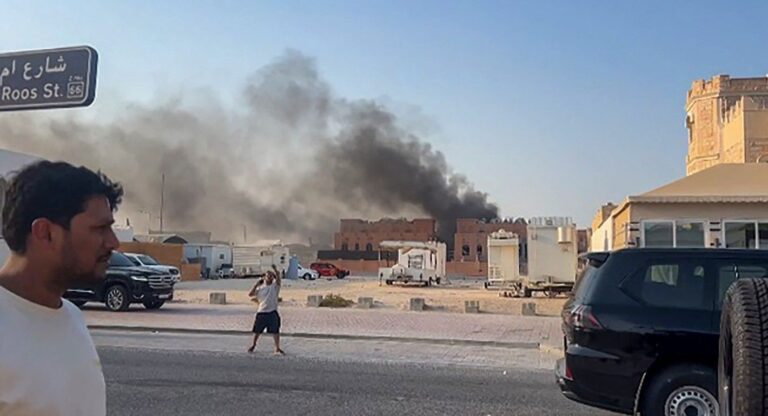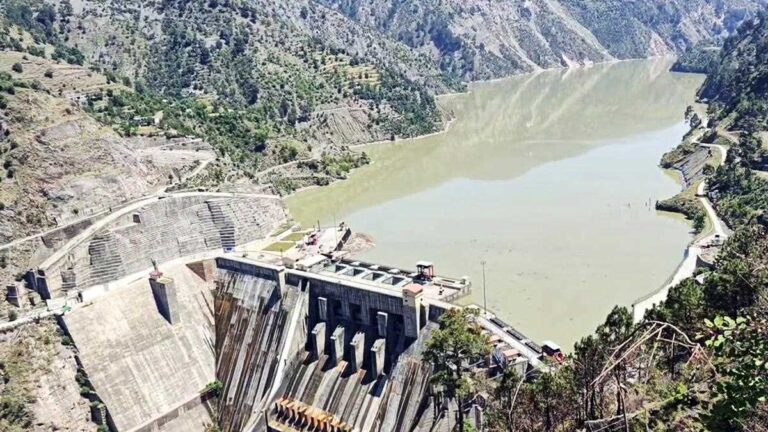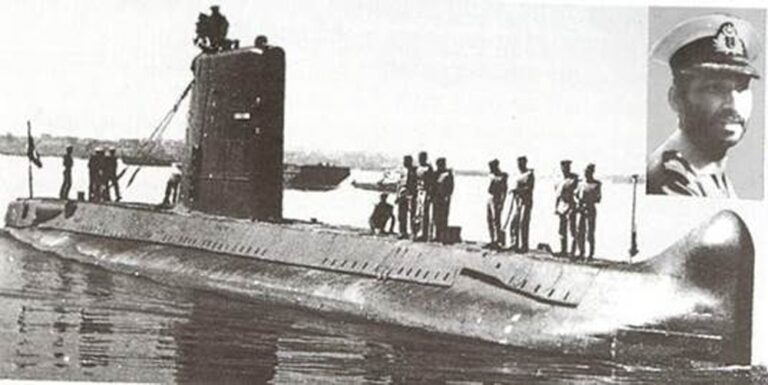
Source: The Spine Times
Ehsan Ahmed Khan
VUCA, denoting a Volatile, Uncertain, Complex, and Ambiguous order, was coined at the US Army War College and later published in 1991 by Herbert Barber. The acronym described the world as one characterized by dynamic and chaotic developments and an absence of a clear and stable power structure. Political scientists and military practitioners still use VUCA to describe geopolitical environments and how various actors interact with each other. The international order that reflects the relations between states, emerged in the 17th century as a result of the 1648 Peace of Westphalia. Ever since, this order has remained dynamic and amorphous, adopting a shape dictated by political powers that could exercise hegemony over others.
Post-20th century World Wars, the widespread perception, especially after the creation of the United Nations (UN), was that the world will not slide back into the savagery of the past. A stable geopolitical structure orchestrated under the UN was expected to maintain Woodrow Wilson’s “jungle of international politics” as zoo and tame selfish realists. Unfortunately, historians continue to write tales of geopolitical contestations infested with frequent use of organized or unorganized violence in a global environment of incessant conflicts. During the 20th century, the world transitioned from bipolar to unipolar and from uni-multipolar to an apparent partial bipolar, divided between a weakening U.S.-led West and a rising China -aligned group of states.
The international liberal order, established post-World War II, advocated for a global system of governance, institutions, and norms that was structured on principles like democracy, human rights, rule of law, etc. Championed by the United States, the system of institutions, created under the New World Order, was expected to promote cooperation on issues like security, trade, health, and economy. All this was pegged on a set of rules and an in-built code of norms and moral values. This system of international relations that rests on distribution and balance of power has been paradoxical to the rules- based liberal international order structured on consensus and moral obligations. The utopian world dreamt at the Yalta, Potsdam, and San Francisco Conferences was shattered amidst the Cold War. Though expected to hold the global peace, the liberal order itself fell apart into pieces.
Every year of the 20th century witnessed wars; an estimated 187 million people have died as a result of wars and conflicts since 1900. Wars in Afghanistan, the Middle East, and Eastern Europe had grossly undermined the authority of global institutions. Superpowers have waged wars, sponsored ceasefires or allowed continuation of armed conflicts for self-interests. Due to all this, morality and humanity continue to be undermined. More than a yearlong genocide in Gaza remains the most blatant contemporary example of this. While 43,000 civilians lay dead, global institutions remained shrouded in a deafening silence shackled to repeated vetoes by the U.S.
Israeli incursions into Lebanon and Syria raise no eyebrows despite violations of Laws of Armed Conflict and human rights. Thousands, if not millions, have died in Yemen and Sudan with no apparent role of global institutions in finding an intervention or a mitigation. International Criminal Court(ICC) issues arrest warrants against Benjamin Netanyahu and Vladimir Putin, however, it yet remains a near impossibility that any state actor will have the moral courage to implement ICC’s verdicts. International Financial Institutions, once mandated to foster and promote financial and macroeconomic stability, have instead become tools of coercion for political arm-twisting and inducing behavioral changes in nonconformist states. It remains apparent that the “zoo” and Woodrow Wilson’s dream for an enduring peace remain far from any reality.
The prevalent violent geopolitical order is getting immensely characterized and marred by the use and abuse of information along with a breakneck speed of technological innovations. The nexus of both is creating new threats, such as destabilizing political systems, undermining international credibility, disrupting financial systems, and creating societal polarizations through mutilated information infused with technology that manipulates perceptions (cognitive warfare). Advancements in cyber warfare made it possible to implant a worm that disabled an Iranian nuclear reactor. Imagine the destructiveness of a similar cyber-attack that could convert a fertilizer plant using ammonium nitrate (urea) or compressed oxygen into huge explosive devices like the ones used in Beirut.
Furthermore, the fusion of unmanned combat systems with artificial intelligence (AI) has made it possible for a drone to take off from a location thousands of miles away, equipped with AI-enabled face recognition technology and highly accurate projectiles. It takes input from satellite, identifies the target, executes the attack using its own targeting criteria and returns to home base. The Israeli targeting operation called “mass assassination factories” has used AI-based software, Gospel and Lavender, for AI-generated kill lists with almost no human intervention in selection and execution of probable targets. The question arises: Who is to be blamed for collateral damage? The one who made or flew the drone, the software engineer who created the AI software, or AI itself? The innovative nexus of information with technology challenges and questions morality yet again.
Given the regressive evolution in world affairs, the acronym VUCA has become transformative. It is now a more damning representation, creating space for two more factors that depict an ominous world, VUCA transmutes into a more expanded ‘VUCA II’ where the two Is represent Immorality and Innovations. In the complex geopolitical milieu, VUCA II can be decoded as per each alphabet. Volatility (V) expresses the unpredictable as well as the rapid alteration in global power dynamics that begets instability; it more aptly reflects how violence is superseding volatility. Uncertainty (U) explains the lack of predictability and nonconformist jitteriness in actions and goals of states. Complexity (C) denotes the complex and ever-chaotic strategic environment due to divergent and conflicting interests of states alongside emergence of complex and interconnected threats. Ambiguity (A) reflects the inability to come to coherent conclusions due to conflicting narratives, inadequate information, and unclear rules. Immorality (I) represents the growing dilution and often absence of moral values with respect to international politics and erosion of authority vested in international institutions; and finally, Innovation (I) exhibits the technological innovations unwrapping opportunities of unparalleled scale while concurrently unveiling the destructive nature of technology and raising ethical, legal, and moral dilemmas.
The world is at a crossroads as the global order evolves into a more violent, uncertain, chaotic, ambiguous, immoral, and innovation-driven framework. The ideals of the post-WWII liberal order, which were rooted in an optimistic human nature, have been crushed under the heft of geopolitical rivalries, conflicts, and self-interests. Technological modernization, once proclaimed as humanity’s great benefit and counterbalance, now poses unparalleled ethical dilemmas and has extraordinary destructive potential. From militarization and misuse of artificial intelligence to the destruction of moral values in global politics, the world is witnessing a convergence of threats, challenging state sovereignty and the fabric of international norms and institutions.
Regrettably, despite knowing the catastrophic consequences of unchecked hypernationalism, unregulated technological use, and mistrust, great powers seem poised to repeat the same mistakes on an even more destructive scale than witnessed in the World Wars. However, in a world characterized by VUCA II, does a glimmer of recalibrating global priorities towards cooperation, justice, and sustainability exist? Ultimately, this question is tied to this query: In the contemporary age of boundless innovation and deteriorating morality, will humanity rise to meet these challenges, or succumb to the chaos it has created? All the ingredients of VUCA II indicate that the world is at an infliction point where any strategic miscalculation by the great powers will have consequences far beyond their own regions. This does not augur well for the future.
Ehsan Ahmed Khan is a Phd Scholar of International Relations at the School of Integrated Social Sciences, University of Lahore and Deputy Commandant/Chief Instructor at Pakistan Navy War College, Lahore.
The views expressed in the article are the author’s own, and they do not necessarily reflect those of Pakistan Politico.




